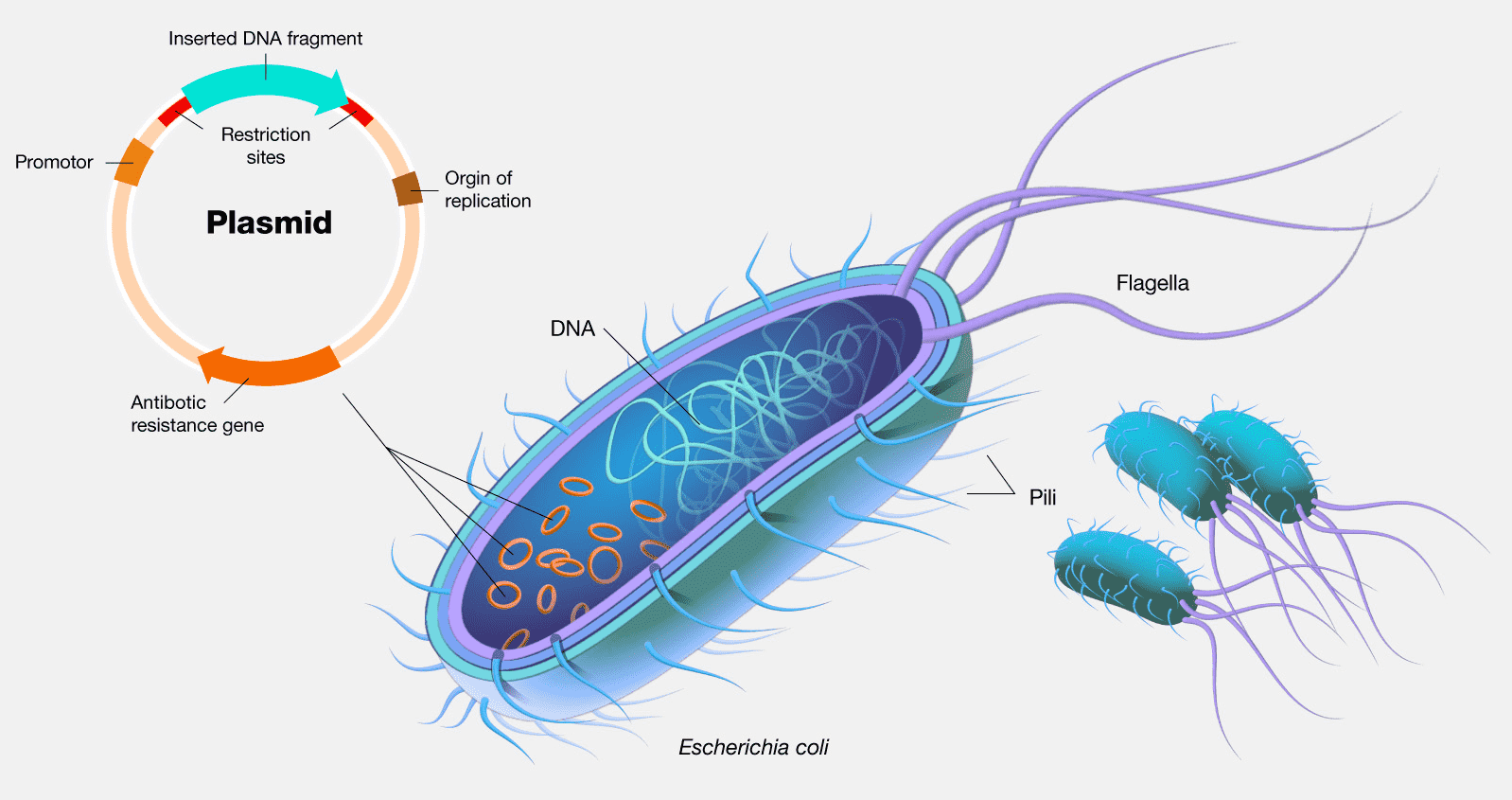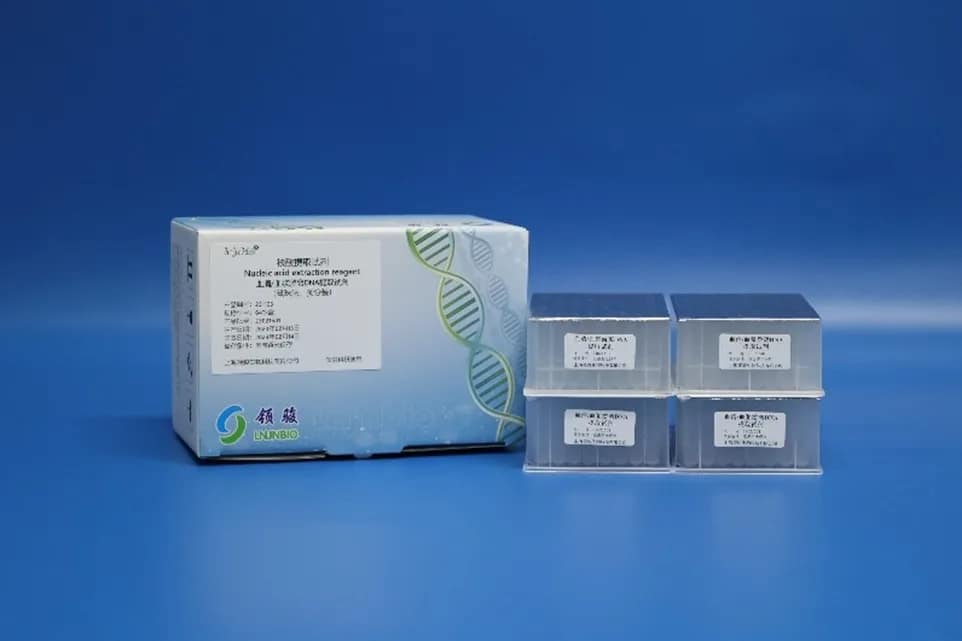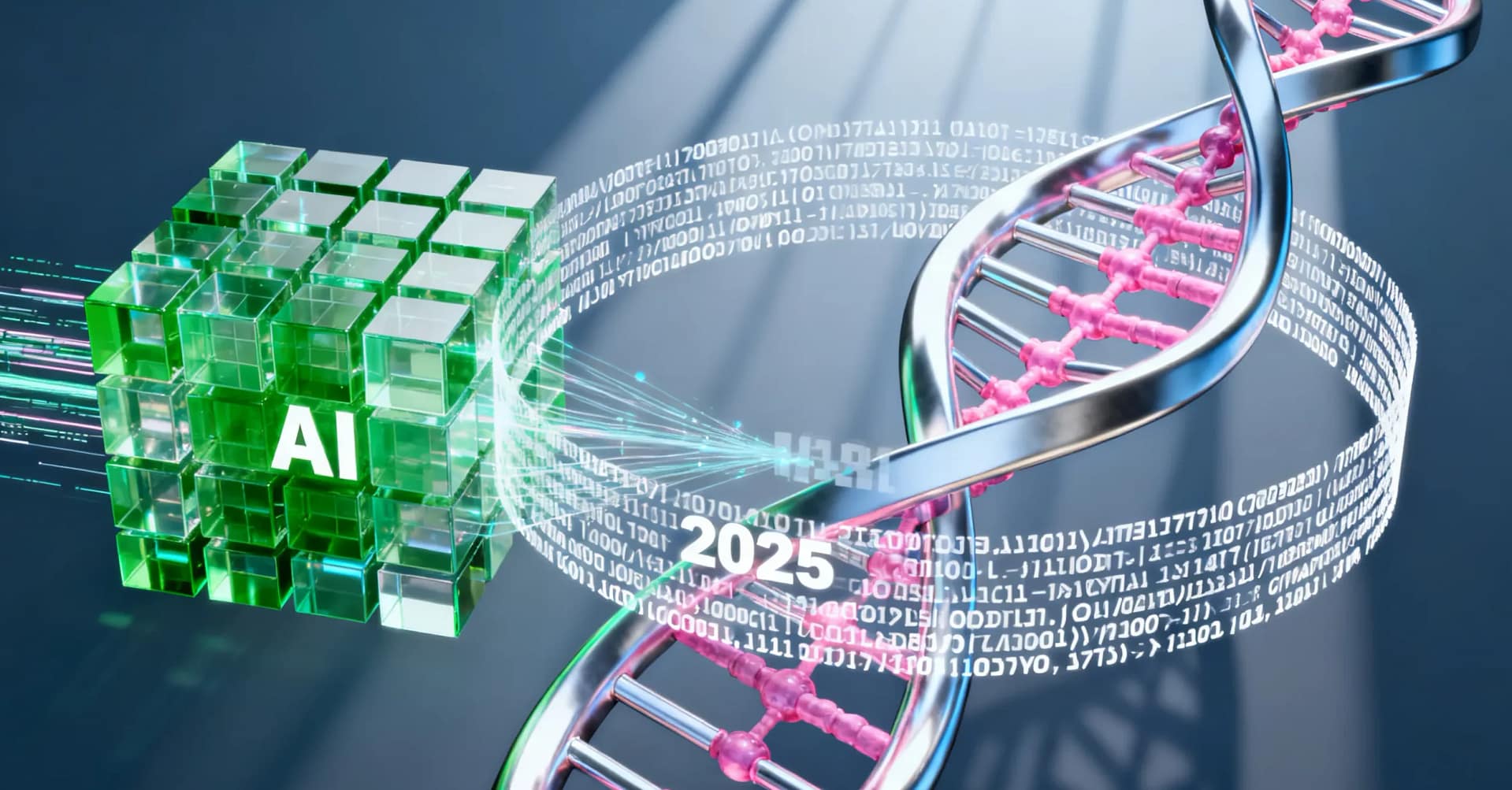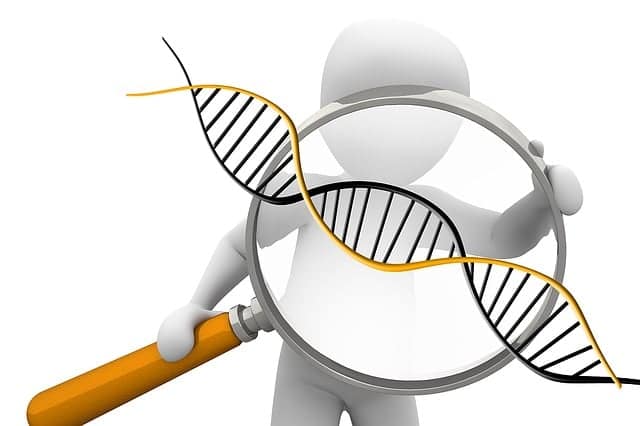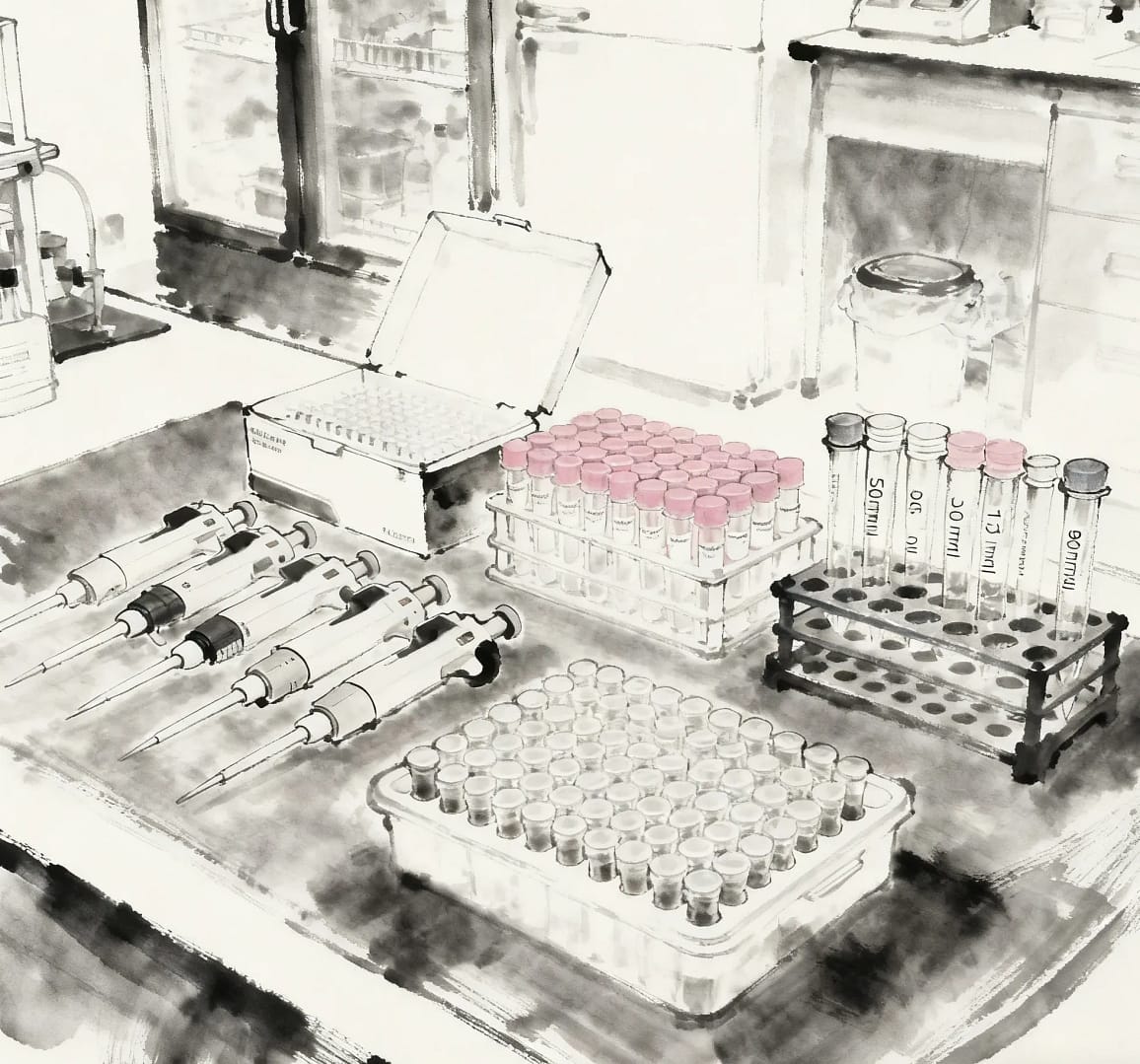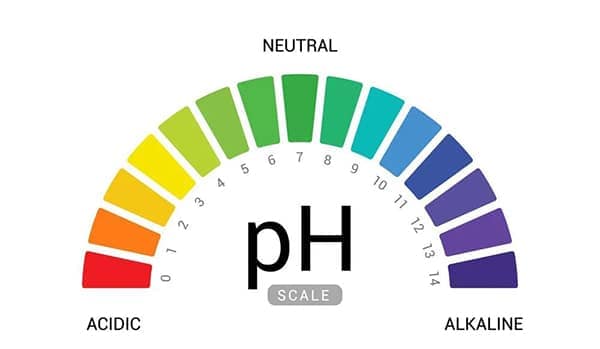Professional Manufacturer of Biomagnetic Beads

How Magnetic Beads Enhance RSV Testing: Automation & Sensitivity
Introduction
Magnetic bead-based nucleic acid extraction is used in the purification of high-quality viral RNA from complex respiratory samples through efficient and specific binding and washing processes during the extraction of respiratory syncytial virus (RSV) nucleic acid. This method meets the stringent requirements of highly sensitive downstream molecular detection technologies. With its characteristics of automation, high throughput, and high safety, magnetic bead-based nucleic acid extraction has become an indispensable and powerful tool for RSV pathogen detection in modern clinical laboratories and public health fields.
1. Application: Specific Workflow of Magnetic Bead-Based Method in RSV Nucleic Acid Extraction
The core principle of magnetic bead-based RSV nucleic acid extraction involves using surface-modified superparamagnetic micro-nano magnetic beads. Under specific buffer conditions, these beads selectively adsorb nucleic acids (RNA) through electrostatic interactions, hydrophobic interactions, or hydrogen bonding, separating them from proteins, cellular debris, and other impurities. Finally, the purified nucleic acids are eluted.
The specific workflow for extracting RSV from clinical samples (such as nasopharyngeal swabs or bronchoalveolar lavage fluid) is as follows:
1.1 Sample Lysis:
The collected sample is mixed with a lysis buffer containing high concentrations of chaotropic salts (e.g., guanidine isothiocyanate) and denaturants (e.g., SDS). The main purposes of this step are:
To inactivate the virus and denature viral capsid proteins, releasing viral RNA (RSV is an RNA virus).
To degrade RNases in the sample, preventing RNA degradation.
To denature and inactivate other biological macromolecules (e.g., proteins, polysaccharides, lipids) in the sample.
1.2 Nucleic Acid Adsorption
Magnetic beads are added to the lysate. Under suitable pH and salt ion concentration conditions, negatively charged nucleic acid molecules specifically adsorb onto the surface of the magnetic beads (typically silica-coated) through hydrogen bonding and hydrophobic interactions, forming a “nucleic acid-magnetic bead” complex.
1.3 Washing
Under an external magnetic field, the magnetic bead-nucleic acid complex is adsorbed onto the tube wall, and the waste liquid containing proteins, cellular debris, and other impurities is discarded. Then, the beads are washed 2–3 times with a 70%–80% ethanol washing solution to remove residual salts, inhibitors, and organic impurities.
1.4 Drying
The sample is briefly centrifuged or left to stand to allow residual ethanol to evaporate completely, avoiding any adverse effects on subsequent PCR or other amplification reactions.
1.5 Elution
The magnetic field is removed, and RNase-free water or a low-salt buffer (e.g., TE Buffer) is added. Under low ionic strength conditions, the binding force between the nucleic acids and the magnetic beads is disrupted, and the RNA is released from the beads into the elution buffer, yielding high-purity RSV RNA.
2. Advantages of Magnetic Bead-Based Method in RSV Nucleic Acid Extraction
Compared to traditional phenol-chloroform extraction and column-based methods, the magnetic bead-based method offers significant advantages for RSV nucleic acid extraction:
- High Automation and Throughput: Highly compatible with automated extraction instruments, enabling parallel processing in 96-well plates or even higher throughputs. This greatly improves efficiency, meeting the demands of large-scale clinical testing, especially during RSV peak seasons.
- Simple Operation, Time- and Labor-Saving: Even manual operations are relatively straightforward, avoiding multiple centrifugation and tube-changing steps required in column-based methods. This reduces human error and labor intensity. The entire process can be completed within 30–60 minutes.
- High Purity and Yield: The specifically modified surface of the magnetic beads efficiently adsorbs RNA and effectively removes PCR inhibitors (e.g., hemoglobin, immunoglobulins, heparin, urea). The extracted RNA is of high purity, making it highly suitable for sensitive downstream RT-qPCR detection, thereby improving detection accuracy and sensitivity.
- High Safety: Eliminates the use of toxic reagents such as phenol and chloroform, protecting operators’ health and reducing laboratory contamination.
- High Flexibility: The same magnetic bead kit can often be adapted to various sample types (swabs, serum, tissues, cell culture media, etc.) with minor adjustments to lysis and binding conditions.
- No Residue: Avoids the risk of membrane fiber residues that may occur in column-based methods.
3. Future Prospects
The prospects of magnetic bead-based methods in RSV detection and the broader field of molecular diagnostics are extensive:
- Integration with POCT (Point-of-Care Testing): Development of microfluidic chips or cartridges integrating lysis, extraction, amplification, and detection, with magnetic beads as the core extraction medium. This could enable rapid bedside diagnosis of RSV, suitable for primary hospitals, clinics, and even households.
- Multiplex Pathogen Detection: RSV infection symptoms often resemble those of influenza virus, SARS-CoV-2, adenovirus, etc. The high-throughput nature of magnetic bead-based methods makes them ideal for simultaneous extraction of nucleic acids from multiple viruses in a single sample, enabling multiplex PCR or sequencing for differential pathogen diagnosis.
- Direct Application in Digital PCR and Next-Generation Sequencing (NGS): For technologies requiring extremely high nucleic acid purity and integrity (e.g., precise viral load quantification, viral genome sequencing, and variant monitoring), magnetic bead-based methods can provide high-quality templates, advancing precision medicine and virology research.
- Optimization and Integration of Kits: Future kits will become more “all-in-one” and “pre-packaged,” reducing steps requiring opening lids, minimizing aerosol contamination risks, and enabling fully automated “load-and-go” workflows.
- Cost Reduction and Wider Adoption: As magnetic bead production processes mature and market competition increases, costs will further decrease, making this technology more widely accessible in primary healthcare settings.
4. Magnetic Bead Recommendations
When selecting magnetic beads, factors such as particle size, concentration, surface modification, dispersibility, and magnetic responsiveness should be considered. Here are some recommendations:
- Core Selection Criteria:
- Specificity: High adsorption efficiency for RNA (especially shorter viral RNA fragments).
- Sensitivity: Suitable for low viral load samples with high yield.
- Purity: Effectively removes various PCR inhibitors.
- Stability: Minimal batch-to-batch variation, stable performance, and long shelf life.
- Compatibility: Compatible with your automated extraction instrument or manual workflow.
5. Brand Recommendation
Shanghai Lingjun Biotechnology Co., Ltd. offers various models of silica-based magnetic beads widely used in pathogen disease diagnostics. Specifically, their 160024 magnetic beads are suitable for respiratory syncytial virus (RSV) extraction. These beads provide extremely high detection sensitivity, enabling early screening during infection and offering valuable time for disease control and prevention.
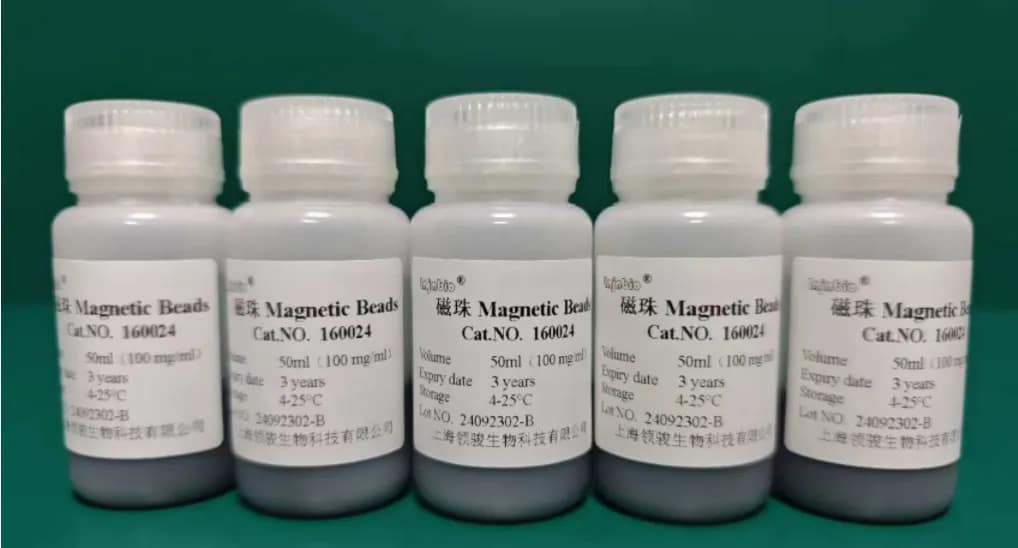
【Product Specifications】
Product Code: 160024
Solid Content: 100 mg/mL
Packaging: 2 mL / 10 mL / 50 mL / 500 mL / 1000 mL
【Product Parameters】
Active Group: Si-OH
Magnetic Bead Matrix: Silica
Average Particle Size: 1.4 µm
Magnetic Saturation Strength: 75 ± 5 emu/g
【Product Advantages】
High Adsorption Rate: Maximum recovery rate exceeding 95%, with strong adsorption performance for both large and small fragments.
Strong Magnetic Properties: Magnetic saturation strength of 75 ± 5 emu/g.
Particularly Suitable for Viral Nucleic Acid Extraction and Serum/Plasma Free DNA Fragment Extraction.
High Purity and Sensitivity in Nucleic Acid Extraction.
Mature Production Process and Excellent Batch-to-Batch Consistency.
In summary, due to its efficiency, safety, and automation, the magnetic bead-based method has become the mainstream approach for RSV nucleic acid extraction and will play an increasingly important role in future pathogen diagnostics and research. Selecting the appropriate magnetic beads is a critical step in ensuring accurate and reliable detection results.
Supplier
Shanghai Lingjun Biotechnology Co., Ltd. was established in 2016 which is a professional manufacturer of biomagnetic materials and nucleic acid extraction reagents.
We have rich experience in nucleic acid extraction and purification, protein purification, cell separation, chemiluminescence, and other technical fields.
Our products are widely used in many fields, such as medical testing, genetic testing, university research, genetic breeding, and so on. We not only provide products but also can undertake OEM, ODM, and other needs. If you have a related need, please feel free to contact us .

